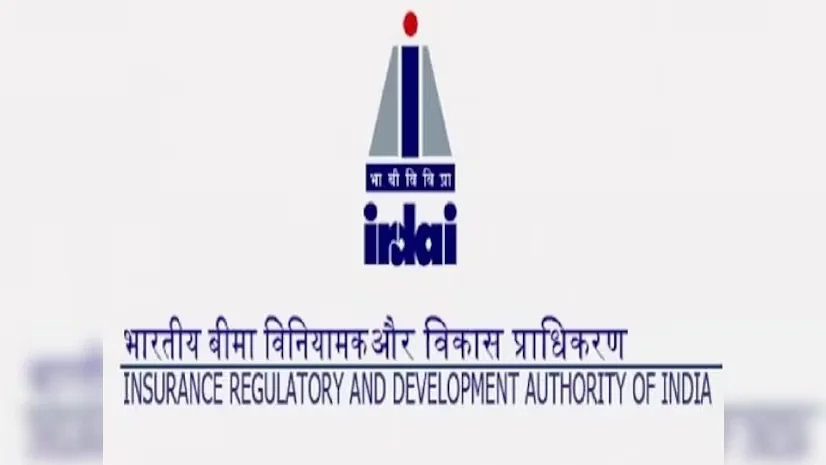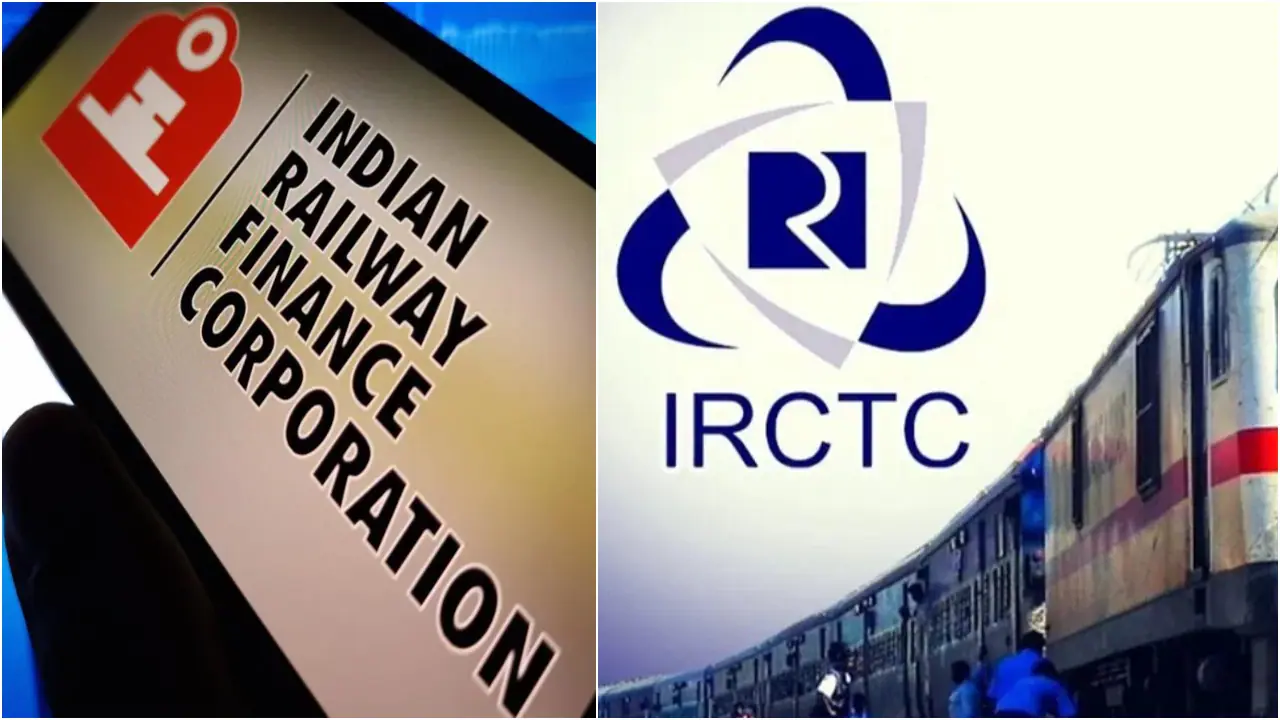- Courses
- GS Full Course 1 Year
- GS Full Course 2 Year
- GS Full Course 3 Year
- GS Full Course Till Selection
- CSAT
- 5 LAYERED ARJUNA Mentorship
- Public Administration Optional
- Online Program
- GS Recorded Course
- NCERT (Recorded 500+ Hours)
- Polity Recorded Course
- Geography Recorded Course
- Economy Recorded Course
- AMAC Recorded Course
- Modern India, Post Independence & World History
- Environment Recoded Course
- Governance Recoded Course
- Science & Tech. Recoded Course
- International Relations Recorded Course
- Disaster Management Module Course
- Ethics Recoded Course
- Essay Recoded Course
- Current Affairs Recoded Course
- ABOUT US
- OUR TOPPERS
- TEST SERIES
- FREE STUDY MATERIAL
- VIDEOS
- CONTACT US
Govt. of India announces e-Office Rollout to 133 Offices
Govt. of India announces e-Office Rollout to 133 Offices
15-07-2024
- The Ministry of Personnel, Public Grievances & Pensions has announced the implementation of the e-office platform across 133 attached, subordinate offices, and autonomous bodies as part of its 100-day agenda.
- Objective: To streamline and digitise government operations further.
Background:
- The e-Office platform was successfully implemented in the Central Secretariat between 2019 and 2024.
- Achievements: 94% of files and 95% of receipts were handled electronically.
- This digital transition improved efficiency and led to the development of e-office analytics, providing deeper insights into government operations.
Key Features of e-Office Platform:
- Streamline operations and enhance efficiency across 133 identified offices.
- Spearheaded by the Ministry of Personnel, Public Grievances & Pensions.
- National Informatics Centre (NIC) will be the knowledge partner for implementation.
Components of e-Office:
- File Management System (e-File): A workflow-based system extending the features of manual file handling.
- Knowledge Management System (KMS): A central repository for creating and managing electronic documents.
- Work from Anywhere (WAW) Portal: A portal connecting officials to securely access their office functions from anywhere.
- Smart Performance Appraisal Report Recording Online Window (SPARROW): A web-based application for processing APAR.
Implementation Plan:
- The Department of Administrative Reforms and Public Grievances (DARPG) convened an inter-ministerial consultation meeting on July 10, 2024.
- Timelines for onboarding to the e-Office platform were established.
- 133 offices identified for implementation, with detailed guidelines issued by DARPG on June 24, 2024.
- Nodal officers to oversee the implementation process appointed by each ministry and department.
- Data centres to support the e-office infrastructure will be set up.
- Offices will submit requisitions to NIC detailing the number of users and licences required for smooth onboarding.
Significance:
- Expected to transform how government offices manage their operations.
- Leads to enhanced transparency, efficiency, and accountability.
- Will help streamline government operations and improve efficiency across the 133 identified offices.
Timeline:
- The implementation roadmap ensures all 133 offices are onboarded within the government's 100-day agenda.
Challenges:
- Potential challenges: Resistance to change, lack of technical expertise, and inadequate infrastructure.
- Addressing these challenges will be crucial for successful implementation.
Conclusion:
The e-office rollout is a significant step towards digitising government operations and improving efficiency. Success depends on the coordination and cooperation of various ministries, departments, and offices.



